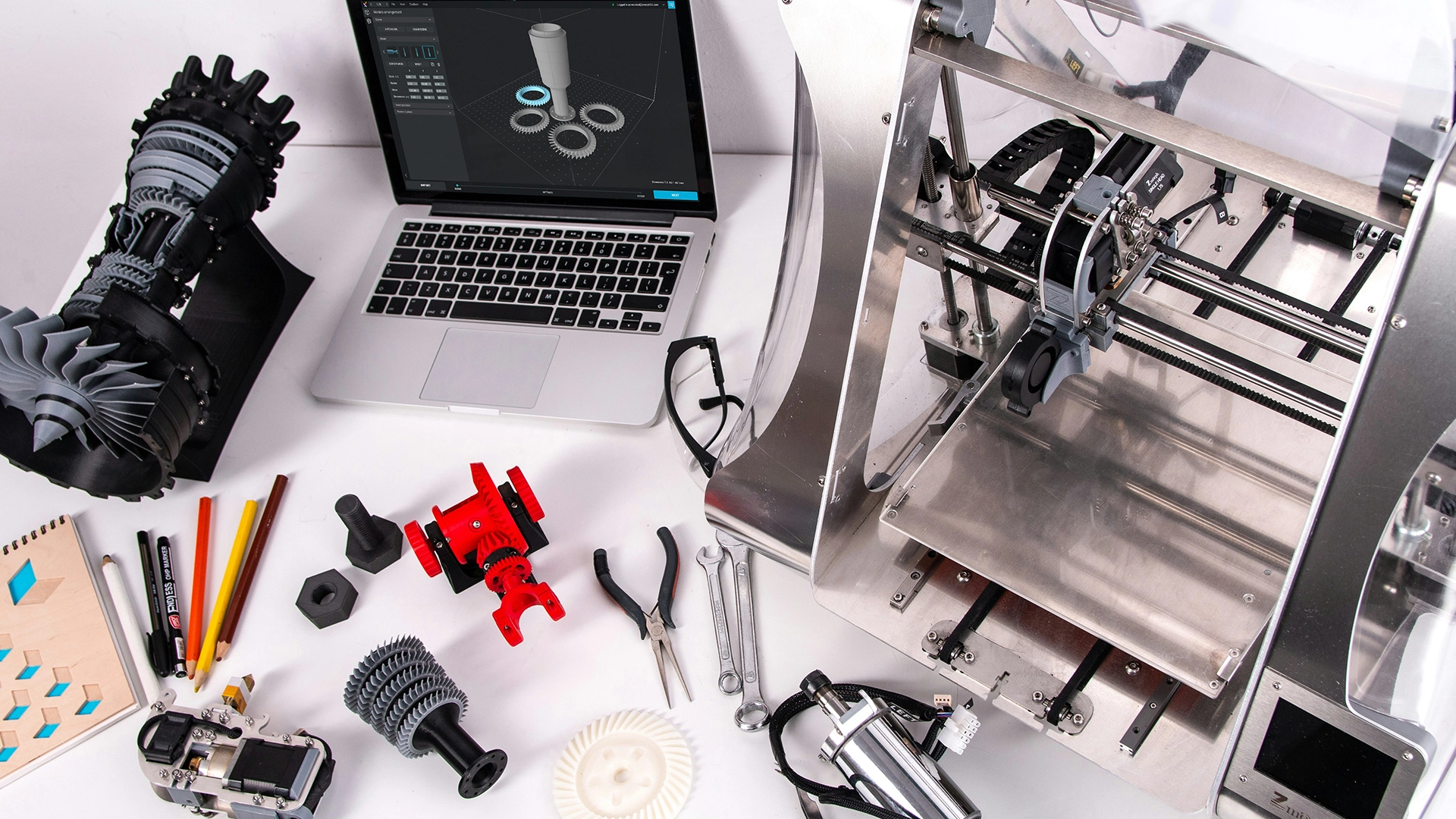
Photo by ZMorph All-in-One 3D Printers on Unsplash
Hugging Face Launches 3D Robotic Arm Starting At $100
The French-American company Hugging Face has launched an open-source, 3D-printable robotic arm called the SO-101, which can be built starting at $100. Developed in collaboration with designers and organizations, the project represents a new and optimized version of the earlier SO-100 model.
In a rush? Here are the quick facts:
- Hugging Face launched a new open-source, robotic arm model called SO-101.
- The cost to build the robot starts at $100 and can reach up to $500 depending on the builder’s location and assembly requirements.
- SO-101 is an improved version of the SO-100 model launched last year.
Clément Delangue, co-founder and CEO of Hugging Face, announced the launch of the new robotic arm on the social media platform X this Monday.
“Super excited to introduce SO-101 today from Huggin Face,” wrote Delangue. “It’s fully open-source hardware and software and integrated with the Hugging Face, LeRobot, Pollen Robotics ecosystem.”
Super excited to introduce SO-101 today from @huggingface, in collaboration with @therobotstudio, Wowrobo, Seeedstudio & Partabot.
Building on top of the insanely successful SO-100 (the most popular robot arms ever?), SO-101 are the first robot arms any AI builder should buy.… pic.twitter.com/Y3IHskmiGb
— clem 🤗 (@ClementDelangue) April 28, 2025
The CEO explained that the price of the robotic arm will depend on the location of the person or organization that wants to build SO-101 and their assembly requirements. “It costs from $100 to $500, depending on how much you want it assembled and your country of shipping,” states the post. “Can’t wait to see what you all build with it. Let’s go open-source affordable AI robotics!”
Just like TheRobotStudio and Hugging Face did last year with the launch of the first affordable AI-powered robot, those interested in building the robot arm can get a detailed step-by-step tutorial located on GitHub.
According to TechCrunch, compared to the previous model, SO-100, the new robotic arm SO-101, is faster to build and includes improved features like friction reduction and the capability of sustaining its own weight.
The robot includes and camera and can be trained through the technique of reinforcement learning—a type of machine learning in which a robot “learns” by trial and error.
The first model gained popularity in the market, and many YouTubers have shared videos showing how to build them. The main use of SO-100 is educational, but it has also been used for research, industrial tasks, and personal projects.


 Previous Story
Previous Story

 Latest articles
Latest articles 